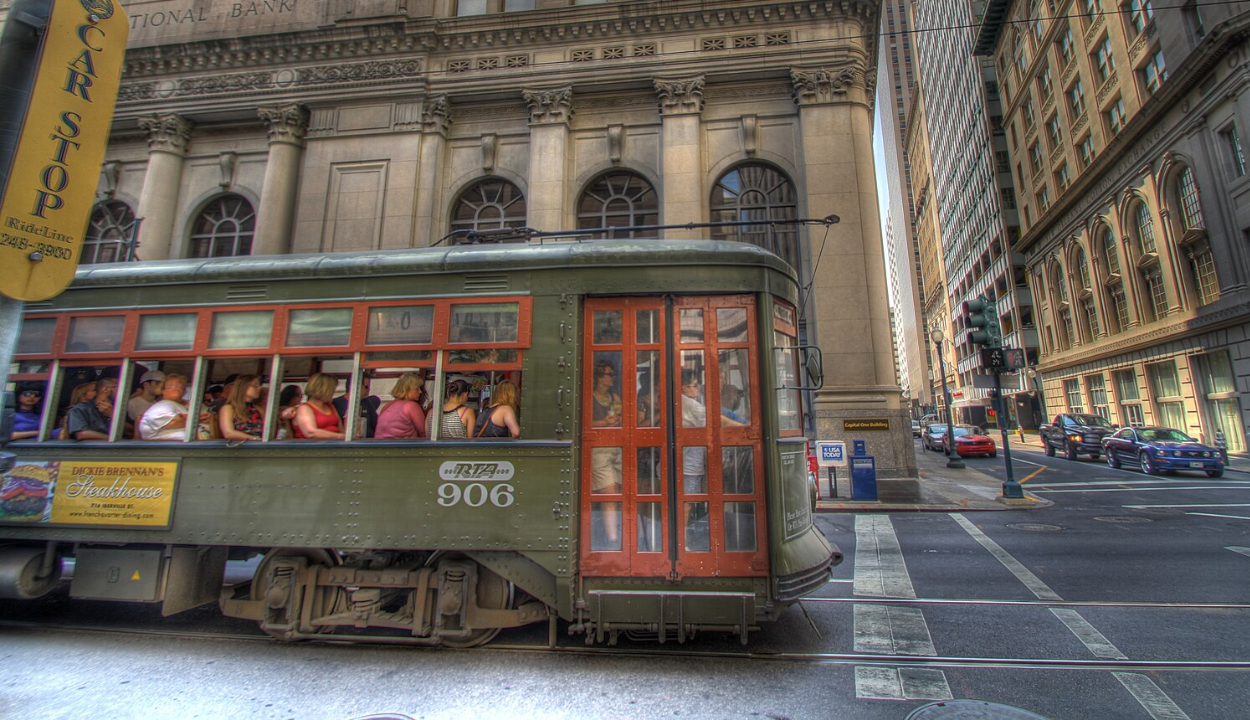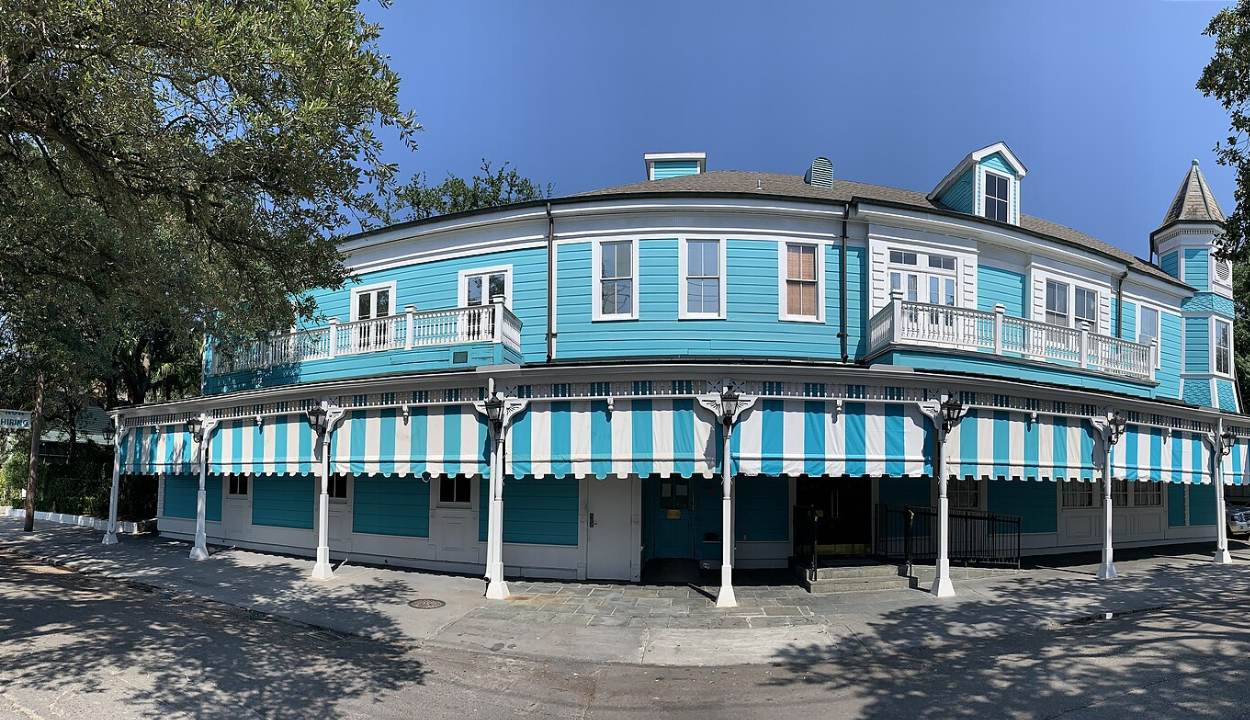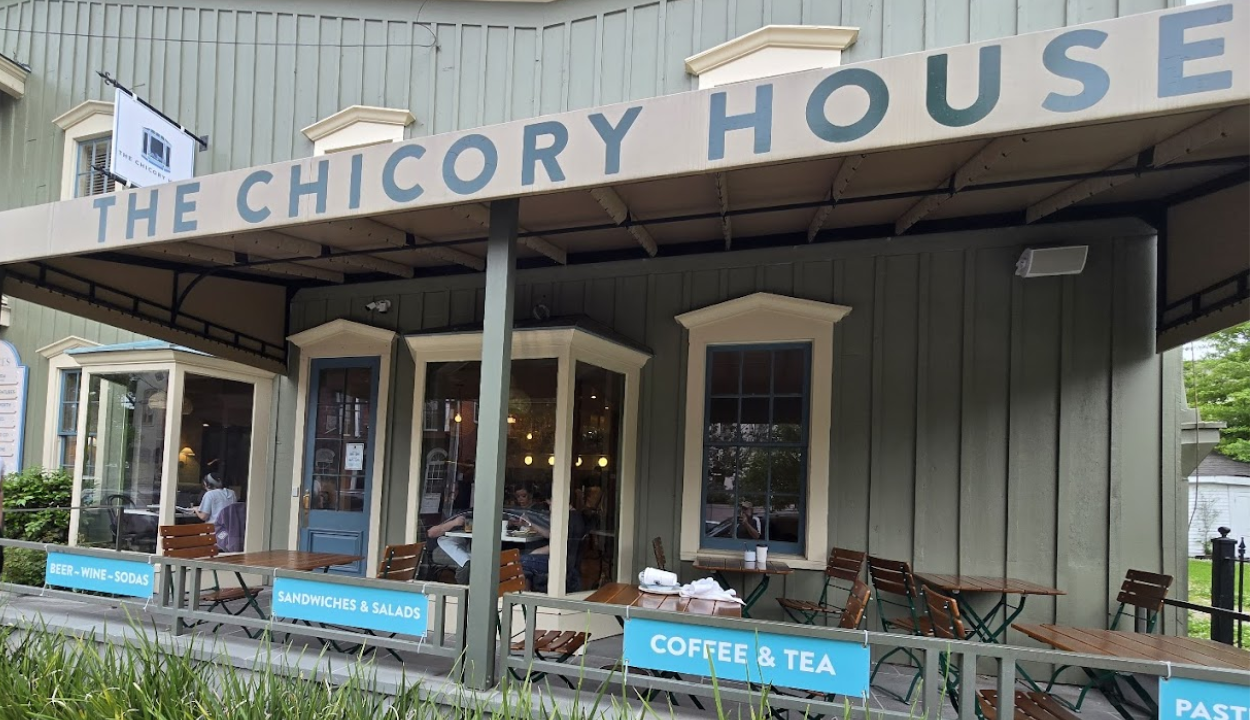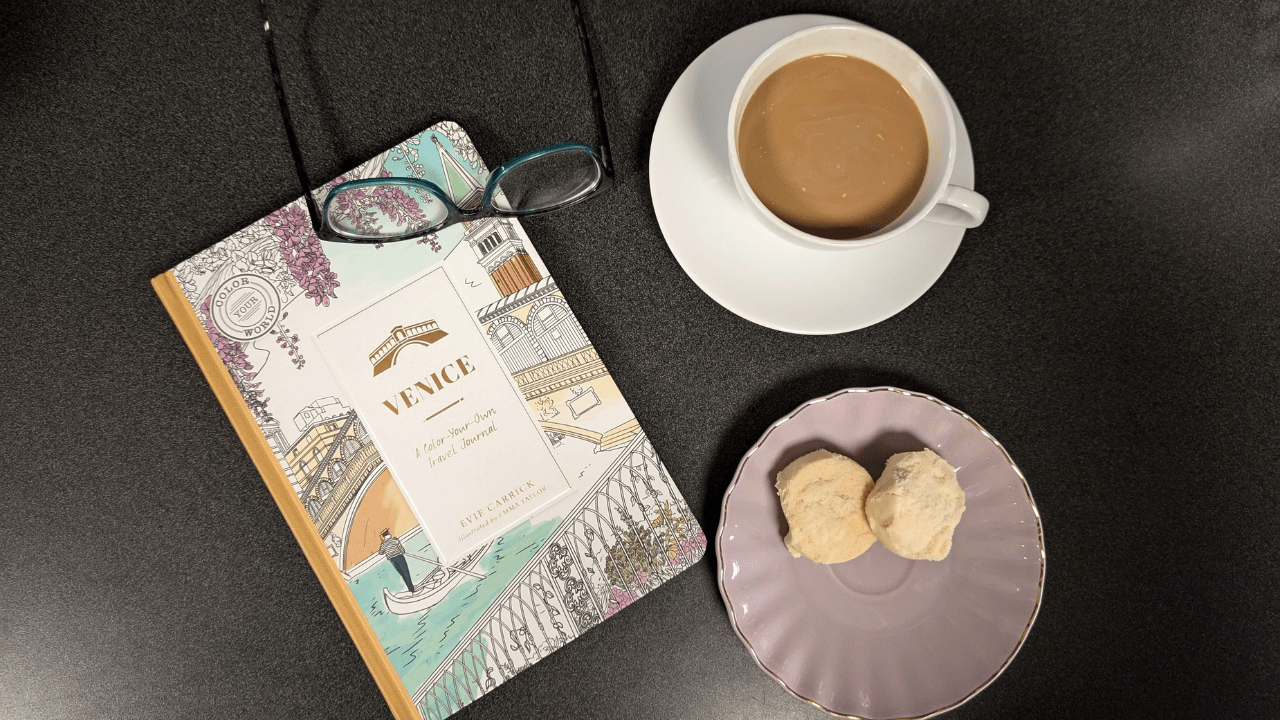For fans of Anne Rice’s The Mayfair Witches, the Garden District in New Orleans brings to life some of her most famous stories.
“The doctor had never been inside an antebellum mansion until that spring in New Orleans. And the old house really did have white fluted columns on the front, though the paint was peeling away. Greek Revival style, they called it—a long violet-gray townhouse on a dark, shady corner in the Garden District, its front gate guarded, it seemed, by two enormous oaks. The iron lace railings were made in a rose pattern and much festooned with vines—purple wisteria, the yellow Virginia creeper, and bougainvillea of dark, incandescent pink.” — Anne Rice, The Witching Hour.
Rice described her own house in the Garden District, which tour groups often admire. This architectural style is common in the area and is part of the experience on a walking tour.
A Brief History of the Garden District
Initially, in 1803, Napoleon Bonaparte sold Louisiana to the Americans, and by 1812, it became the 18th state to join the union. After that, Anglo-Americans began moving into the area and needed land. What is now the Garden District was originally a large sugar plantation called Livaudais. In 1832, developers divided the land to build the mansions that still line the streets. This neighborhood spans several blocks west of the French Quarter past Canal Street, and it became the City of Lafayette in 1833 before merging with New Orleans in 1852.
Architecture Through the Ages
The Garden District’s architecture shows its history through five distinct periods, from the construction boom of the 1840s to occasional developments in the past century. Its urban design includes houses on double lots with intricate cast iron fences and a variety of architectural styles, from Greek Revival two-story mansions to more modest shotgun cottages from the late 1840s and Queen Anne and Eastlake styles from 1873 to 1910. Furthermore, large oak trees line the streets, providing shade from the intense heat and humidity of a New Orleans summer.
Planning Your Walking Tour

You can join guided tours or explore at your own pace by creating a self-guided tour. However, try to avoid visiting in July and August, as the heat and humidity can make walking uncomfortable. Also, be mindful of the uneven sidewalks, which often fall into disrepair due to poor soil conditions and low elevation.
Getting There: The Historic St. Charles Streetcar
If you’re staying in the French Quarter, the No. 12 St. Charles Streetcar will take you to the Garden District. This ride should be part of your tour as it is the oldest continuously operating streetcar line in the world, dating back to 1835. When you arrive, get off at Washington and St. Charles Street. You can pay for fares using the Le Pass app from the Regional Transit Authority or pay $1.25 in exact change for each ride.
Begin at Lafayette Cemetery No. 1
Start your Garden District tour at Lafayette Cemetery No. 1. Although exploring a cemetery might seem strange, its history is fascinating. Founded in 1833, the cemetery contains 500 wall vaults and 1,100 family tombs. The wall vaults provide temporary accommodation for the deceased until space becomes available in the family tomb or serve as a low-cost resting place for those without a family plot.
The early settlers of the area rest in the family crypts. Many 19th-century structures show signs of decay but possess a unique beauty, resembling miniature historic homes with columns. Moreover, the cemetery inspired Anne Rice’s novels and appears in films and TV shows such as *The Originals*, *Interview With The Vampire*, and *The Mayfair Witches*. For more detailed information about the tombs, join a free walking tour with knowledgeable guides, with a suggested minimum tip of about $10 per person.
Iconic Dining at Commander’s Palace

As you exit the cemetery’s main gates, you’ll notice the iconic blue-striped building on your right, known as Commander’s Palace, a famous New Orleans restaurant. Established in 1893 as a saloon by Emile Commander, it is now a fine-dining restaurant popular with both locals and tourists.
The restaurant serves Haute Creole cuisine prepared by award-winning chefs. Recommended dishes include the Pecan Crusted Gulf Fish, Mardi Hog, and the Strawberry Salad. Even if you don’t eat here, the building itself is a great photo opportunity.
Exploring Magazine Street
Heading south on Washington Avenue leads you to Magazine Street. Stretching six miles through the Garden District and toward the French Quarter, this street is perfect for people-watching from cafes and bakeries or browsing through vintage and boutique shops.
Notable Homes of the Garden District
Continue east on Magazine Street, and take a left on First Street. Several blocks up at 1239 First Street is Anne Rice’s former house from the 1880s, the inspiration for *The Mayfair Witches*. Further along, at 1331 First Street, you’ll find the Morris-Israel House, showcasing Italianate style. For football fans, former New Orleans Saints player Archie Manning’s home is located at 1420 First Street.
Turning right onto Prytania Street, you’ll see the district’s oldest house, built in 1838 at 2340 Prytania. Across the street is the Louise S. McGehee School, an example of Second Empire-style architecture from 1872. Further west, you’ll find the Opera Guild House at 2504 Prytania, the beautiful Our Mother of Perpetual Help building at 2523 Prytania, and the only Gothic Revival architecture in the Garden District, built in 1854.
Relax at the Garden District Bookshop and the Chicory House Coffee Shop

You are now back near Lafayette Cemetery, an excellent place to end your Garden District tour. The bookshop is located in a building known as The Rink, originally built as a roller skating rink in 1884. This independent bookstore is perfect for browsing a wide selection of books, bringing kids to storytime, or attending a book signing. Anne Rice often signed her books here.
Finally, at the front of The Rink, you’ll find The Chicory House, which opened in 2022. It’s a great stop for brunch, afternoon tea, or lunch. The menu includes New Orleans’ famous chicory coffee, salads, and hot sandwiches. They also serve beer, wine, and canned cocktails. The coffee house closes on Tuesdays.




